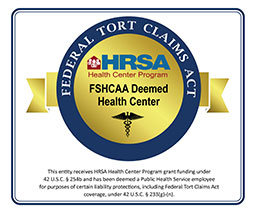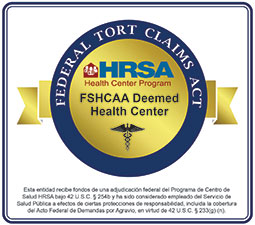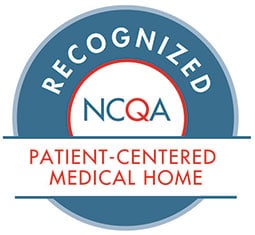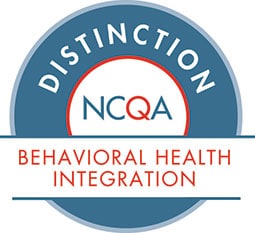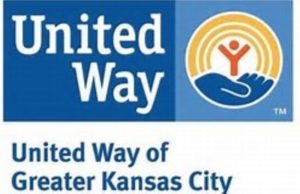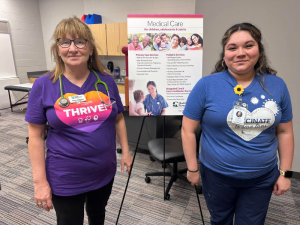 By Catherine Rice, Vice President of Marketing/Outreach
By Catherine Rice, Vice President of Marketing/Outreach
Though hiring can be challenging, we know that the more we can diversify our provider offerings, the better we can connect with the communities we serve. Among our recent hires, the stories of two are especially compelling, and we are excited to share them here.
Inessa Sergeyeva, MSN, APRN, ANP-BC, FNP-BC, and Edward Karanja, MSN, APRN, FNP-C, traveled very separate journeys to arrive at Health Partnership Clinic (HPC) early this year. However, they share our mission: to help treat and educate the community’s medically underserved, regardless of their ability to pay. Perhaps improbably, both Inessa and Edward found their way to Kansas—of all places—having immigrated in the 1990s. She came from Moscow; he from Kenya. And while both left home for a better way of life, Inessa had a strong nursing background, Edward had none.
Inessa’s Story
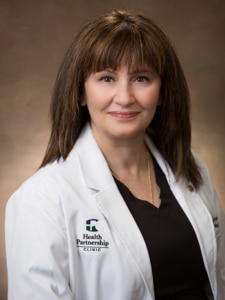 Speaking mostly Russian and Ukrainian, Inessa immigrated to the United States in 1994 with her husband and then nine-year-old daughter. Several extended family members had lived in Overland Park since the 1970s, but the newcomers knew few others. Many cousins remained in Moscow and still live there. Though she established a nursing career in Russia, Inessa’s first U.S. job was as a cashier in Kansas City, Mo.
Speaking mostly Russian and Ukrainian, Inessa immigrated to the United States in 1994 with her husband and then nine-year-old daughter. Several extended family members had lived in Overland Park since the 1970s, but the newcomers knew few others. Many cousins remained in Moscow and still live there. Though she established a nursing career in Russia, Inessa’s first U.S. job was as a cashier in Kansas City, Mo.
Starting over—and over the next 15 years—Inessa learned English; became a licensed practical nurse; earned an associate degree in nursing; and achieved bachelor’s and master’s degrees in nursing from the University of Missouri – Kansas City School of Nursing. In those years and since, she has worked as a registered nurse, adult family nurse and most recently, as a family nurse practitioner. Additionally, she has earned numerous professional certifications.
Working as a family practitioner at HPC’s Olathe clinic, Inessa serves patients of all ages. She is excited to work in community health where she says people need access to healthcare and education, from proper eating habits to a basic understanding of how the human body works. “It’s very rewarding to help someone who needs the help,” Inessa says.
An Overland Park resident, Inessa and her husband have three adult children. She enjoys travel, gardening, yoga and the outdoors.
Edward’s Story
 Unlike Inessa, Edward spoke English when he immigrated from Kenya in 1997. Excited by early impressions of America from TV, he was eager to join a family member living in the area working as a certified nursing assistant (CNA). Though he had accounting and transportation industry experience, he still sought professional fulfillment. He began training as a CNA, at the urging of family.
Unlike Inessa, Edward spoke English when he immigrated from Kenya in 1997. Excited by early impressions of America from TV, he was eager to join a family member living in the area working as a certified nursing assistant (CNA). Though he had accounting and transportation industry experience, he still sought professional fulfillment. He began training as a CNA, at the urging of family.
Having received his certification and encouraged by early work in geriatrics and long-term care, Edward proceeded to earn his bachelor’s in nursing and became a registered nurse. “People complimented me on what I was doing, so I decided to advance my career to the highest potential. I got more and more comfortable as I was doing it,” Edward says.
Since 2006 at various facilities, he gained experience in skilled nursing, medical surgery, cardiac care and primary care, and he logged more than 800 hours of clinical training as a family nurse practitioner.
Edward applies his family nursing expertise to patients at HPC’s Olathe clinic. Having moved from Wichita to the Kansas City area in 2017 for a traveling nurse assignment, he lives in Lenexa and enjoys photography and road biking. His daughter, 22, shares his love for learning and is studying elementary education at Iowa State University.
HPC is proud to further help the community through these excellent providers as they continue their personal and professional journeys far from their roots.
New patient appointments are available by calling 913-648-2266.
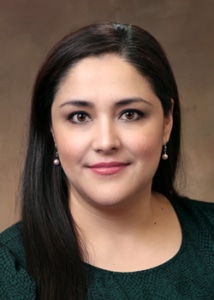 By Diana Zamora, Enrollment Specialist and Certified Application Counselor at Health Partnership Clinic
By Diana Zamora, Enrollment Specialist and Certified Application Counselor at Health Partnership Clinic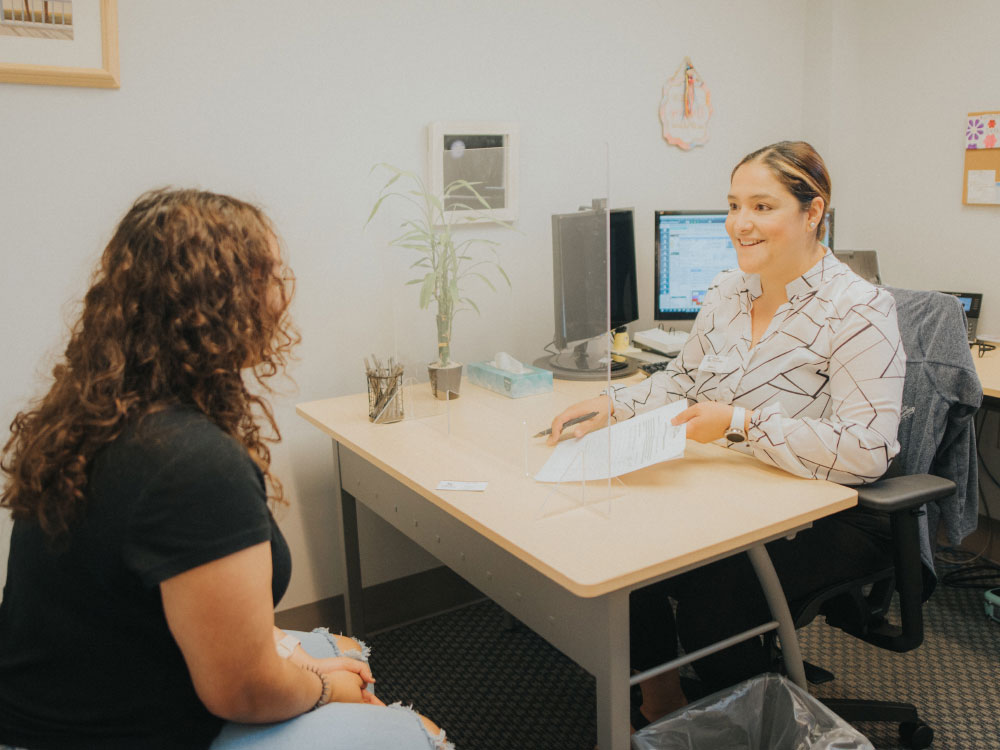
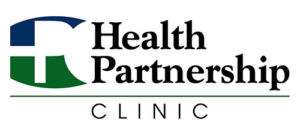
 By
By  Speaking mostly Russian and Ukrainian, Inessa immigrated to the United States in 1994 with her husband and then nine-year-old daughter. Several extended family members had lived in Overland Park since the 1970s, but the newcomers knew few others. Many cousins remained in Moscow and still live there. Though she established a nursing career in Russia, Inessa’s first U.S. job was as a cashier in Kansas City, Mo.
Speaking mostly Russian and Ukrainian, Inessa immigrated to the United States in 1994 with her husband and then nine-year-old daughter. Several extended family members had lived in Overland Park since the 1970s, but the newcomers knew few others. Many cousins remained in Moscow and still live there. Though she established a nursing career in Russia, Inessa’s first U.S. job was as a cashier in Kansas City, Mo. Unlike Inessa, Edward spoke English when he immigrated from Kenya in 1997. Excited by early impressions of America from TV, he was eager to join a family member living in the area working as a certified nursing assistant (CNA). Though he had accounting and transportation industry experience, he still sought professional fulfillment. He began training as a CNA, at the urging of family.
Unlike Inessa, Edward spoke English when he immigrated from Kenya in 1997. Excited by early impressions of America from TV, he was eager to join a family member living in the area working as a certified nursing assistant (CNA). Though he had accounting and transportation industry experience, he still sought professional fulfillment. He began training as a CNA, at the urging of family.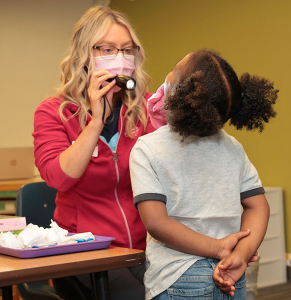 In 2023, Health Partnership Clinic screened more than 1,950 students in the Olathe School District Title One elementary schools. Of those screened, the Dental Team detected more than 450 cavities, and 106 children had urgent dental needs. All were suffering with various degrees of pain—making it difficult to eat, play, study and sleep.
In 2023, Health Partnership Clinic screened more than 1,950 students in the Olathe School District Title One elementary schools. Of those screened, the Dental Team detected more than 450 cavities, and 106 children had urgent dental needs. All were suffering with various degrees of pain—making it difficult to eat, play, study and sleep.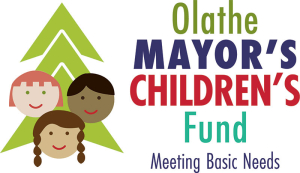 “This is a great example of how collaboration and teamwork benefit our children,” Cook notes. “The school nurse worked with our clinic and other area oral health professionals to ensure quality dental care was available and thanks to the generous donation of the Mayor’s Children’s Fund, there was access that was affordable.”
“This is a great example of how collaboration and teamwork benefit our children,” Cook notes. “The school nurse worked with our clinic and other area oral health professionals to ensure quality dental care was available and thanks to the generous donation of the Mayor’s Children’s Fund, there was access that was affordable.”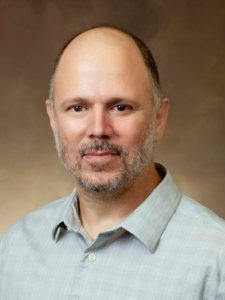
 The word “transgender” – or trans – is an umbrella term for people whose gender identity is different from the sex assigned to us at birth. Although the word “transgender” and our modern definition of it only came into use in the late 20th century, people who would fit under this definition have existed in every culture throughout recorded history.
The word “transgender” – or trans – is an umbrella term for people whose gender identity is different from the sex assigned to us at birth. Although the word “transgender” and our modern definition of it only came into use in the late 20th century, people who would fit under this definition have existed in every culture throughout recorded history.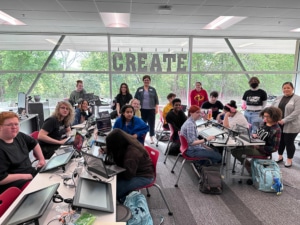

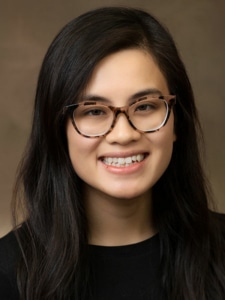 By
By 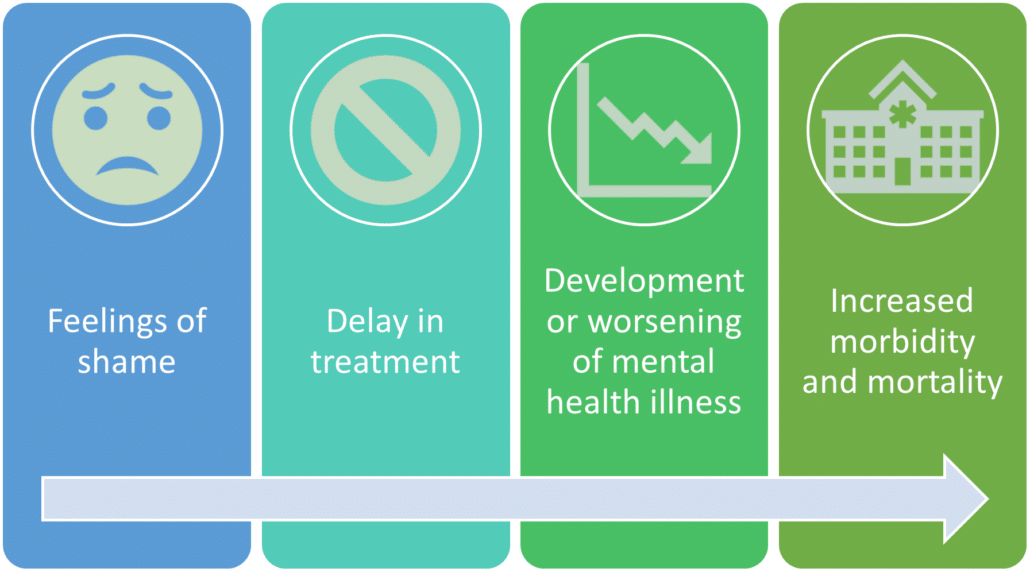
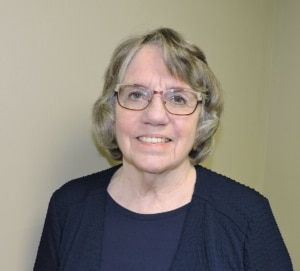
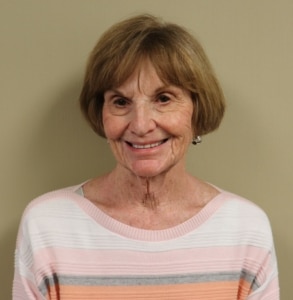
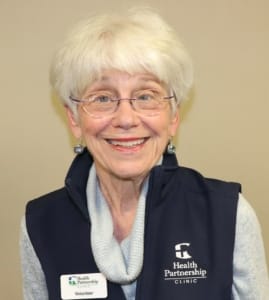
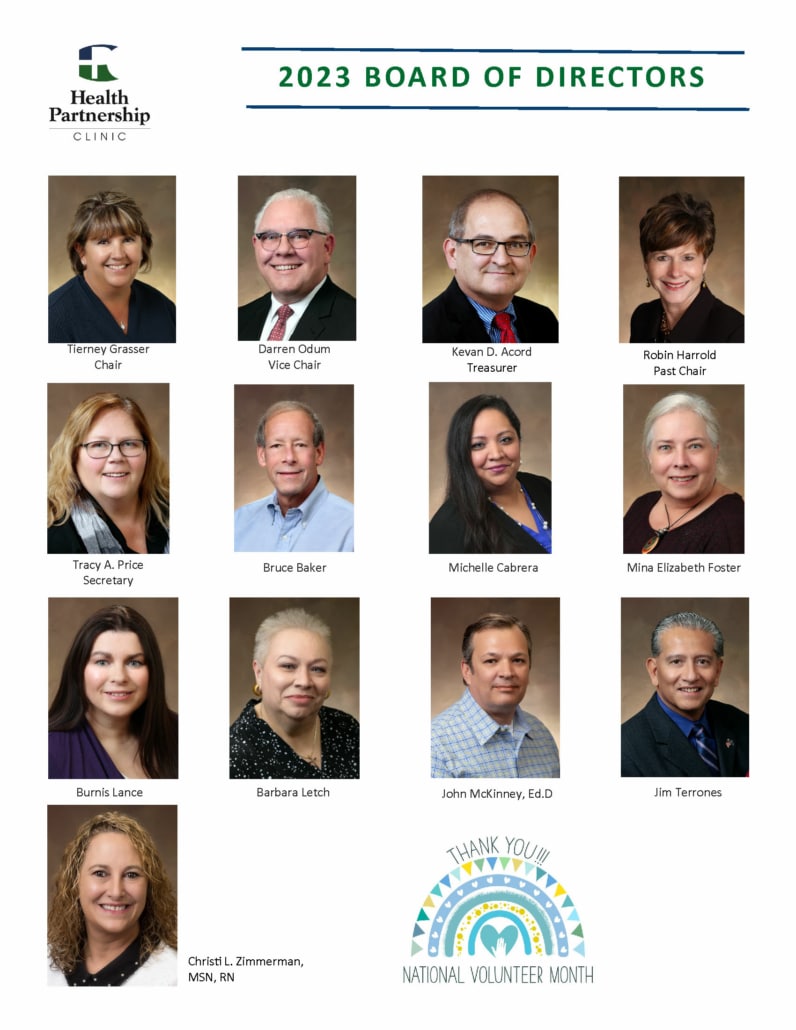
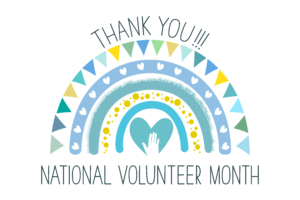 The volunteers at HPC give their time, talent and voice to make a difference in our community. We are fortunate to have volunteers who are aligned with our mission and want to help our patients and staff. Our in-house volunteers help assemble informational packets and bags, enter data, make patient and donor calls, and work at community events, such as open houses and health fairs.
The volunteers at HPC give their time, talent and voice to make a difference in our community. We are fortunate to have volunteers who are aligned with our mission and want to help our patients and staff. Our in-house volunteers help assemble informational packets and bags, enter data, make patient and donor calls, and work at community events, such as open houses and health fairs.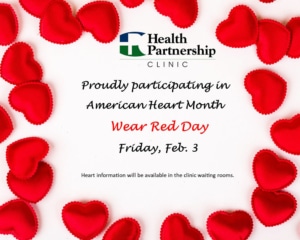 By James L. Wetzel, MD, Interim Chief Health Officer at Health Partnership Clinic
By James L. Wetzel, MD, Interim Chief Health Officer at Health Partnership Clinic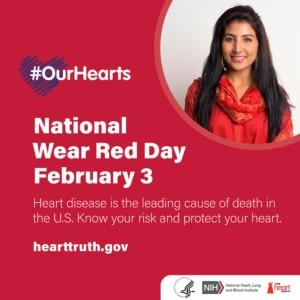 Be sure to eat plenty of fresh fruits and vegetables. Eating foods high in fiber and low in saturated fats, trans fats and cholesterol can help prevent high cholesterol. Limiting salt in your diet can lower blood pressure. Limiting sugar in your diet can lower your blood sugar level to prevent or help control diabetes. Do not drink too much alcohol which can raise your blood pressure.
Be sure to eat plenty of fresh fruits and vegetables. Eating foods high in fiber and low in saturated fats, trans fats and cholesterol can help prevent high cholesterol. Limiting salt in your diet can lower blood pressure. Limiting sugar in your diet can lower your blood sugar level to prevent or help control diabetes. Do not drink too much alcohol which can raise your blood pressure.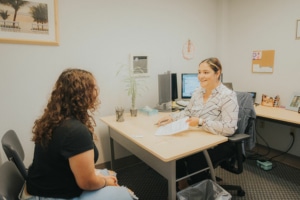 Premium tax credits and other savings that make insurance more affordable
Premium tax credits and other savings that make insurance more affordable